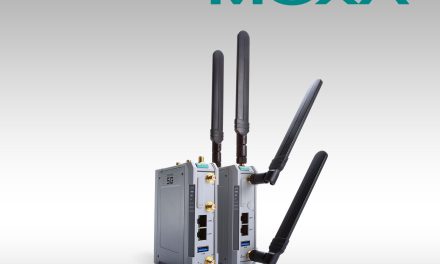
The way things stand at the moment, building owners and enterprise look like bearing the brunt of the ESN coverage challenge.
In a technology-driven world, it is a given that we have instant access to a high-speed mobile data network. It’s integral to everyday living, and with 5G on the way and AI based services becoming increasingly prevalent, we have never been more dependent on wireless communications. Property owners can charge exorbitant rents if they’re able to guarantee good 4G coverage because tenants, whether residential or commercial, will simply not put up with a poor mobile signal at the top of a high-rise building.
The moral dilemma
Are those same property owners required, therefore, to provide ubiquitous 4G coverage to facilitate critical communications inside their properties? Where would the responsibility lie if the emergency services, for example, were unable to fulfil their obligations, would the property owner be culpable or does responsibility lie higher up the food chain?
The debate about who is responsible for facilitating critical communications is gaining traction in the property leasing world as the launch date for the UK’s new Emergency Services Network (ESN) draws closer. Intended to replace a legacy low frequency Airwave network and enable the emergency services to embrace digital services such as live streaming, wearable cameras or location-based services, the UK was on target to be one of the first countries globally to rollout a 4G based critical communications network. Key drivers were network and device savings in the longer term, but the project is thwart with problems, is three years behind schedule and over budget by millions.
Modern buildings block 4G signals
A major issue that does not appear to have been taken into account from the outset is ensuring reliable 4G coverage in the first place because, as we know, the materials used in modern building structures are the ultimate mobile signal blockers, particularly the high frequency ones needed for 4G. The only way to get around the situation is to take the outside network in using third party equipment, but this has not been plain sailing because of resistance from the MNOs about its usage. The situation had been further exacerbated by regulation which, until recently, made the use of supplementary systems such as mobile signal boosters illegal.
A change in the mobile repeater rules
Fortunately, this is no longer the case thanks to a relaxation in the mobile repeater laws by Ofcom in 2018, meaning it is now possible for building owners to improve coverage using off the shelf equipment. The only caveat is the said equipment must satisfy Ofcom’s mobile repeater licence exemption specification and not many do. The Cel-Fi by Nextivity product range is one option that ticks the regulatory boxes, as it satisfies Ofcom’s mobile repeater licence exemption specification, making it legal to use on all 3G and 4G networks.
The project’s overzealous goals could be the saving grace for many commercial property owners because, unlike our European counterparts, the UK Government is not offering any financial incentive to ensure reliable ESN, putting those property owners in a moral dilemma. With a revised rollout date of 2022, large building owners have time to ensure their buildings are ESN ready.
While most building owners will not want to compromise personal safety and security, it might be prudent to think about how the indoor coverage situation is going to be resolved in the long term. Even though there are plans for portable coverage units to be made available, how effective will these be in practical terms and will they be able to overcome the ongoing saga of uninterrupted 4G coverage?
For more information on Cel-Fi, click here.


